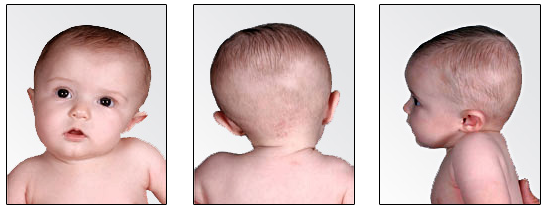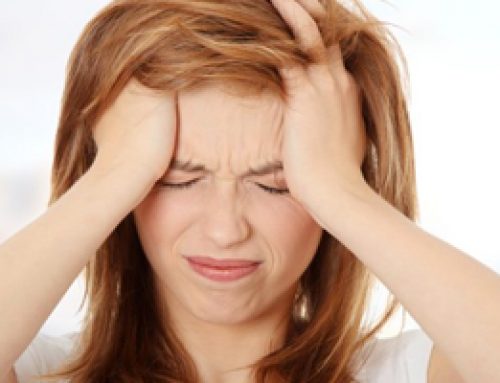What is child torticollis?
Known sometimes as wry neck, child torticollis is a condition where the head is tilted to one side, while the chin is tilted to the opposite direction. This produces a ‘twisting’ appearance in the face of the child and can result in difficulty turning the neck. There are two types of torticollis that can affect a child. The first being from birth (congenital) and the other develops during childhood (acquired).
Congenital torticollis: Is normally noticed within the first 4-6 weeks of life where the infant starts to develop control of their neck musculature. Its cause is unknown, but the hypothesis is that it’s often due to abnormal birth positions, such as breech or posterior presentation. It can be related to crowding of the baby whilst in the uterus. It can also affect babies that had forceps or ventouse vacuum delivery due to difficult labor.
This trauma before or during birth can cause the first irritation to the upper spinal joints of the neck. As a result, there is contraction of a muscle called the sternocleidomastoid (SCM) which connects from the base of the skull (occiput) to the clavicle and sternum. This muscle becomes contracted (shortened) and a spinal misalignment in the upper cervical spine results in the head to tilt. Less commonly, congenital torticollis can be caused by an underlying serious condition. Such as Klippel-Feil Syndrome (KFS), which involves congenital fusion of at least 2 vertebra in the neck.
Acquired torticollis: Can happen anytime during a child’s life and may be caused by many factors, including sleep, sports, playtime, falls, accidents, poor posture, or general activities.
Both congenital and acquired torticollis involve the development of cranial and spinal segment dysfunctions, known as spinal joint restrictions causing changes in sensorimotor control. These manifest in the spine and cause nerve irritations, muscle contractions and the postural changes that are associated with torticollis.
What are the symptoms of torticollis?
- You may notice your child holding their head to one side, often associated with limited movement in the opposite direction. In 75% of babies with torticollis, the right is typically the side affected.
- A small bump on the side of the neck might be palpable.
- Preference for breastfeeding on one side or more difficulty for feeding on a particular side.
- Frequent crying or signs of discomfort.
- Older children may verbalise neck pain or stiffness.
- The occurrence of headaches that are frequent and have no pattern to them.
What are the potential long-term effects of torticollis?
- Persistent pattern of spinal joint restrictions may predispose your child to other behavioral and developmental changes.
- Limited ranges of motion which may affect their daily activities.
- Potential compromised function of the jaw, ears, and eyes.
- Aesthetically unappealing.
- Elevated risk of cognitive or behavioral development which is associated with deformational plagiocephaly (flat head syndrome). Click here for more on plagiocephaly.
How does chiropractic help with torticollis?
- Here at Neurohealth, our chiropractors obtain a detailed history and then assess your child with a full orthopedic and neurological examination to determine the cause of your child’s torticollis. They will also determine any complicating factors.
- If chiropractic care is indicated and would be beneficial in your child’s case, the chiropractor will utilize a variety of gentle chiropractic adjustments and mobilisations, specific stretching, trigger point therapy, pillow positioning advice, modified ergonomics, and specific exercises.
- Chiropractors are trained to identify spinal joint restrictions which are normally the cause of most acquired torticollis.
- Many case reports have shown success with chiropractic care in the management of torticollis, potentially avoiding surgical interventions.
If you have any questions regarding children’s torticollis or safe and effective correction for your child please contact us on 02 9905 9099 or admin@neurohealthchiro.com.au
By Steve Cannon – Chiropractor at Neurohealth Chiropractic.




